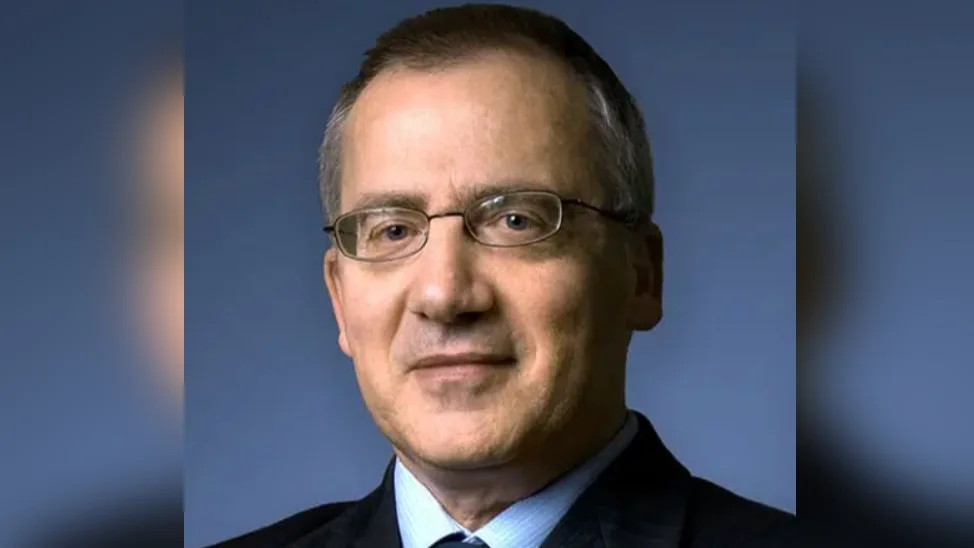
Evan Cadena, a 21-year-old from La Feria, Texas, has made notable progress in his recovery from multiple strokes through participation in a virtual reality (VR) gaming research study at UTHealth Houston. Cadena suffered his first ischemic stroke at age 16 due to an arteriovenous malformation (AVM) in his brain and experienced two more strokes following embolization surgeries intended to treat the condition.
After these health setbacks and further complications such as pulmonary embolisms, Cadena's mother, Janie Lazo, sought specialized care for her son. She drove six hours from their home to Houston after being referred by the AVM Alliance to UTHealth Houston.
“I will travel the world for Evan,” said Lazo. “Anything that they say will help, I will move mountains to try and figure it out.”
At UTHealth Houston, Cadena joined a study led by Seema Aggarwal, PhD, APRN, AGNP-C, assistant professor in the Department of Internal Medicine at McGovern Medical School. The research focused on exploring VR gaming as a rehabilitation tool for stroke survivors who face barriers accessing traditional therapy.
“I was in the process of trying to think how we could get more rehab to people who live in rural areas or who can’t come in because of transportation issues,” Aggarwal said. “We have so many patients who go through rehab, but they want to continue. Rehab isn't exactly fun, and gaming is.”
During 10 to 12 sessions using a VR headset and playing "Job Simulator," participants performed tasks that increased in complexity while seated—making the approach accessible for those with limited mobility. The sessions were observed by Aggarwal, occupational therapists, and family members.
Aggarwal noted significant improvements: “Not only was Evan more motivated and engaged in his rehabilitation, but he was able to perform movements with his right arm while playing the game that his occupational therapist could not elicit when testing his arm before playing the game.”
She suggested that focusing on gameplay rather than movement alone may have contributed to these gains. “That’s the interesting thing with stroke,” she said. “Yes, your arm is paralyzed, but it starts in the brain.”
Aggarwal’s interest in VR therapy grew out of personal experience—her own recovery from breast cancer surgery and her father's stroke prompted her curiosity about alternative rehabilitation methods.
“That was what prompted the whole study; we were really just thinking about my dad,” she said.
Following their participation in the study, several participants—including Cadena—began using VR headsets at home for continued therapy. According to Lazo: “Not only did he get more motivation to keep pushing, but it raised his spirit up a little bit more.”
Cadena acknowledged both frustration and benefits during his rehabilitation: “I was a little agitated at times and still get agitated from time to time.” However, he also highlighted improved social interaction as an unexpected benefit: “I've been playing online VR and Xbox more often, and talking more.”
Encouraged by these results among participants like Cadena—who traveled considerable distances for treatment—Aggarwal plans further research into VR-based rehabilitation through randomized controlled trials.
“Evan was one of the few people in the study who drove a long distance to participate,” Aggarwal said. “That really struck me as how needed this was.”